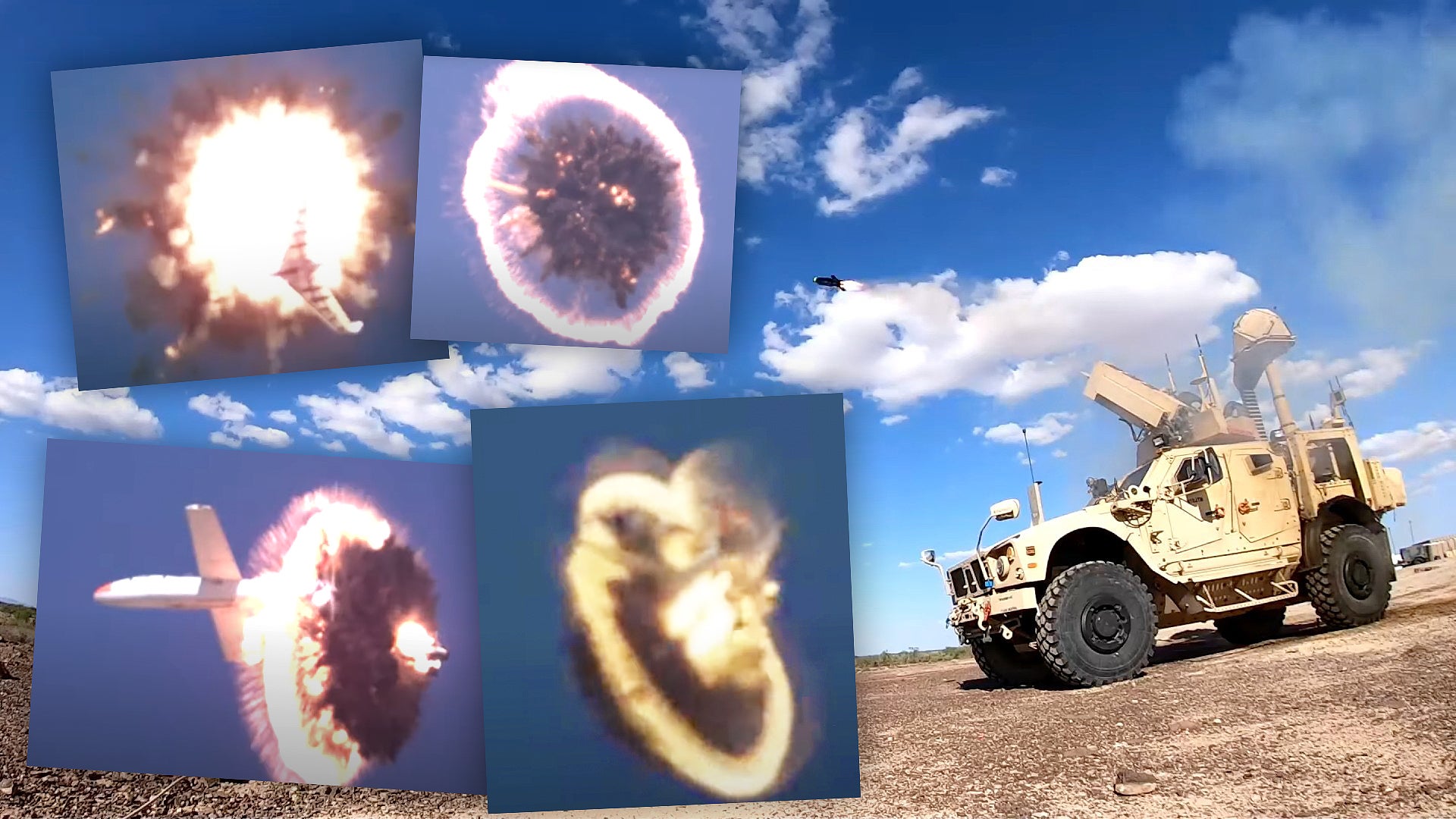I think I FTFY.
Infantry is cheaper than tanks, GBAD, MLRS, modern logistics vehicles and a host of other 'important to the survival of a modern Army' things, so it's easier to argue for keeping them around.
Interesting thought.
I would think that the cost of producing a given armoured vehicle (whether tank or IFV or MLRS, or SP) ought not to vary very much albeit that development costs and production costs etc would - based on the scale of production. Of course in reality they do but still a battalion of tanks do not cost significantly more than a battalion of IFVs (look at AJAX for example). On the other hand there are costs for annual upkeep which have to be factored in as well and here, personnel numbers play a role. Tanks generally have lower manning than infantry. The
Congressional Budget Office has a handy tool for comparing costs of different establishments (which are all-in costs).
What's really interesting to note is that first of all an
ABCT (at 4,040) has less people in it than an SBCT (4,680) and an IBCT (4,560) meaning there is almost a full battalion's worth of annual salaries that do not need paying in an ABCT. There are more annual costs in other fields though (maintenance, fuel, ammunition) because at the end of the day, the overall annual all-in costs for an ABCT, SBCT and IBCT are virtually identical ($3.5 billion, $3.4 billion and $3.2 billion - remember these are all-up O&M costs including share of HQs, infrastructure, civilian workforce etc, etc). What's key here is that an ABCT costs about the same every year as an SBCT or IBCT.
There is obviously a difference for an up front capital cost as between the three (especially the IBCT which is very equipment light) but its really the continuing annual costs which show that once acquired it doesn't matter what type of brigade you have cost wise.
It's also very interesting to note that National Guard brigades of each type have annual recurring costs of $1.0; $0.9; and $0.9 billion respectively. Less than a third of that of their Active Army counterparts.
The overall conclusion that I take away from all this is that cost, especially annual recurring costs, should never be a factor in deciding force structure. First and foremost should be the national defence strategy. What purpose is the force to fulfill in peacetime and the various potential wartime roles? This will determine whether you need an infantry-centric, mech infantry-centric or armour centric-force.
Further it should dictate what portion of the force you should allocate to a full-time and a part-time force. For me the logical conclusion is that in peacetime we need a light, rapidly deployable infantry centric force with some mech infantry while for wartime we should concentrate on a heavy force with all the necessary enablers much of which should be a properly organized, trained and equipped part-time force.
But I've said that before. The above numbers merely explain why.





